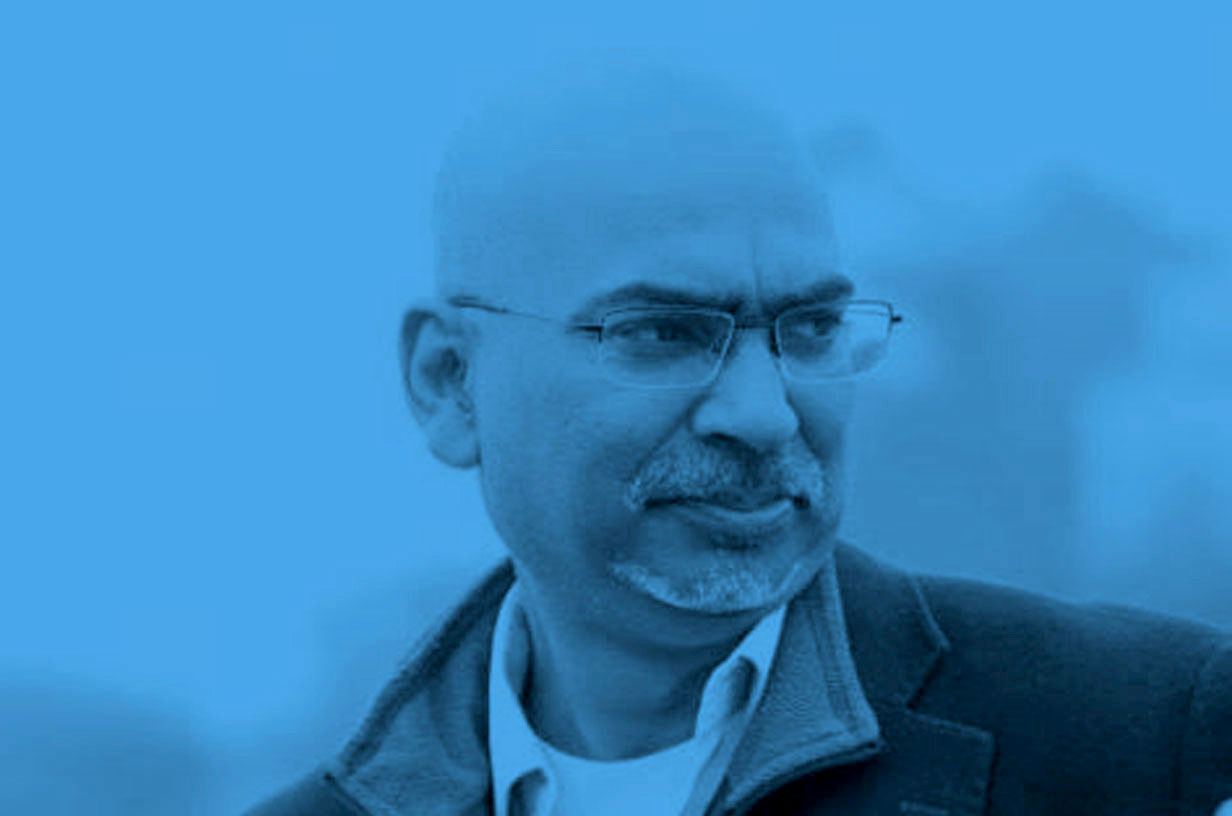
Mr. Sumit Prakash
(Director)
- B.A. (Eco. Hons.) Delhi University
- Diploma in Advertising and Marketing (Xaviers Institute of Communications, Mumbai),
- MBA (Marketing and Process Improvement), Melbourne, Australia,
- Green Belt in Six Sigma
“Don’t find the fault, find the remedy” – HENRY FORD
Almost everyone agrees that quality education is about possibilities. Schooling for most children has become about being leashed, not unleashed. About fearing failure, not taking the risk. It is about rote learning, not deep understanding. It’s about routine and boredom, not excitement and it’s about isolation from community, not engagement with it.
Prarambhika has chosen the path of educating students, as opposed to just schooling them. We have decided to take the ‘less traveled path’ and did not get bogged down by the pressures of the so-called system; the team continually and consistently put effort into making learning experiences real and meaningful for children.
As the world moves to the 21st century, new skills are the need for the hour. Keeping the outcome in line with 21st-century needs, we are focusing more on Inter-disciplinary themes, projects, and expeditions which have now become an integral part of our curriculum. Assessments are more humane and comprehensive.
The students are happy coming to school, engage well in classrooms and feel free to speak their minds. The entire community is curious and hungry to learn and grow. In the environment of love and acceptance and in the absence of fear, the students have grown up to become their genuine selves.
